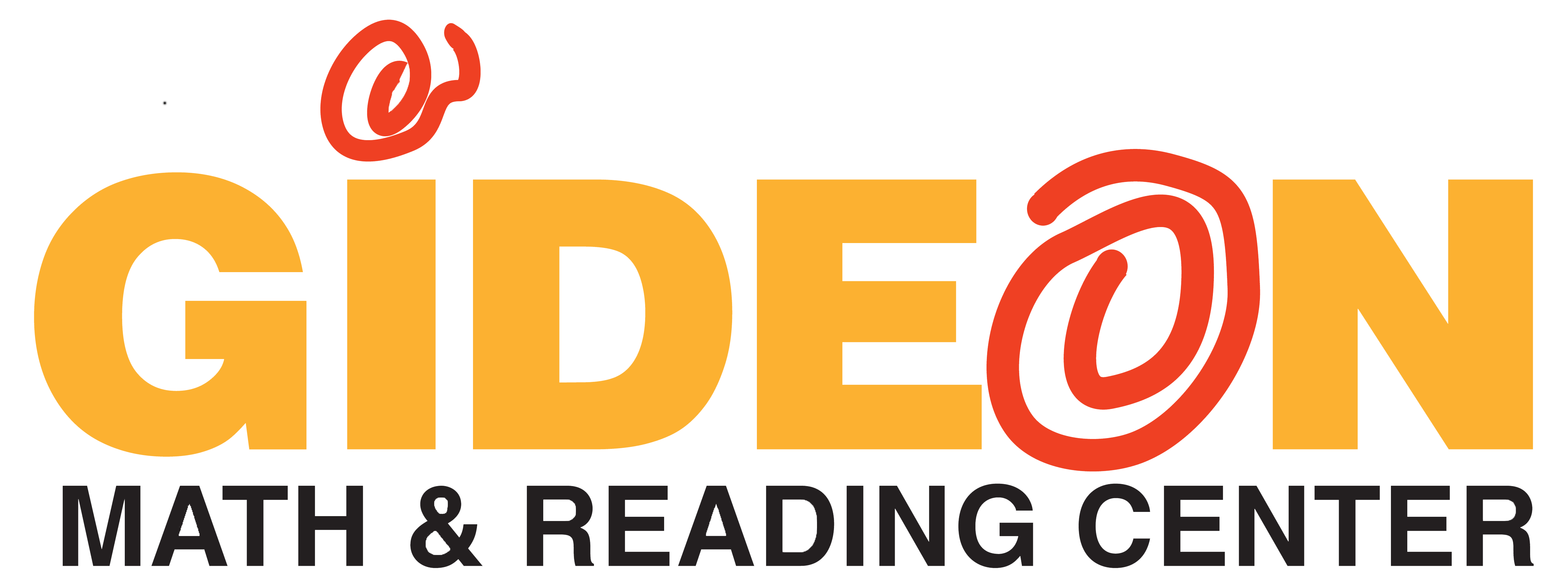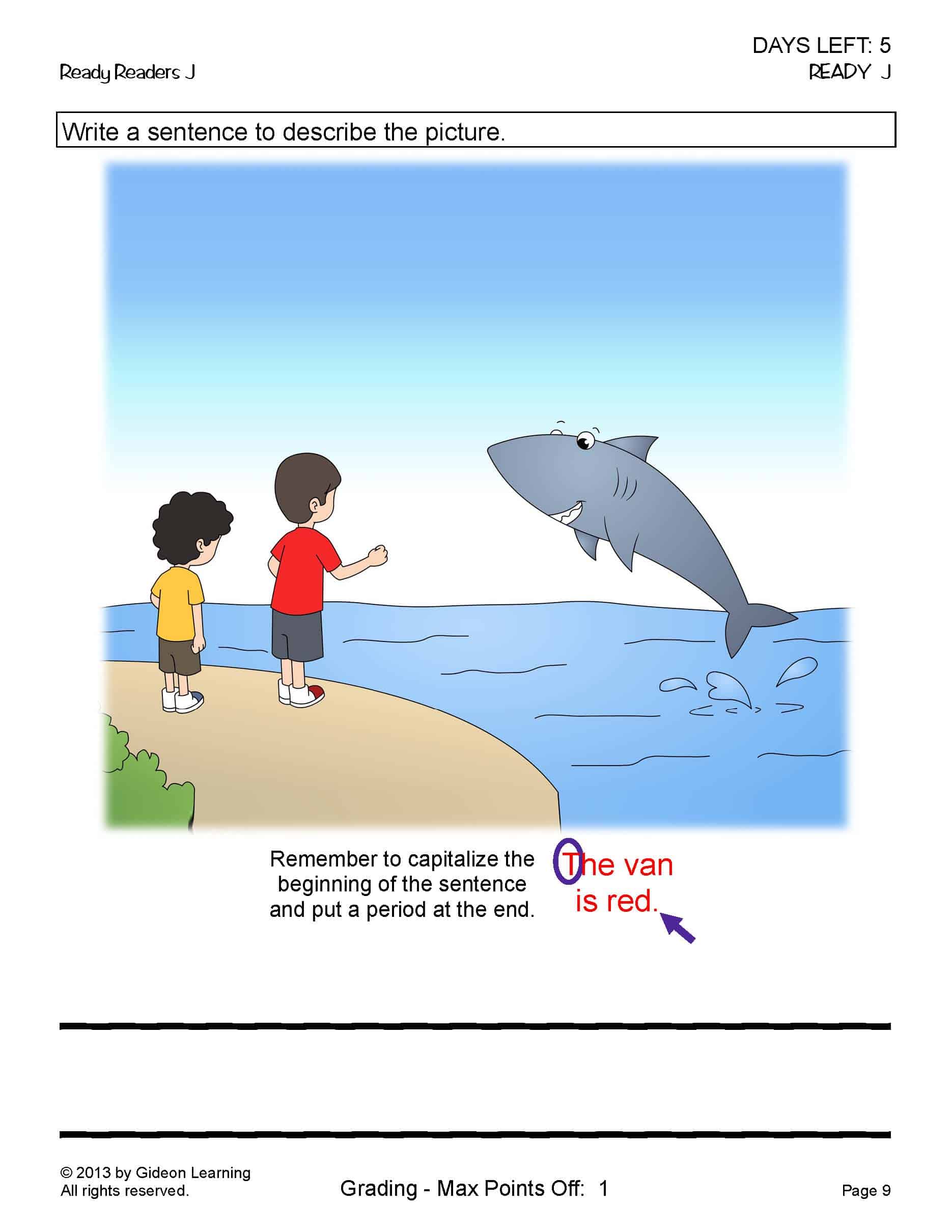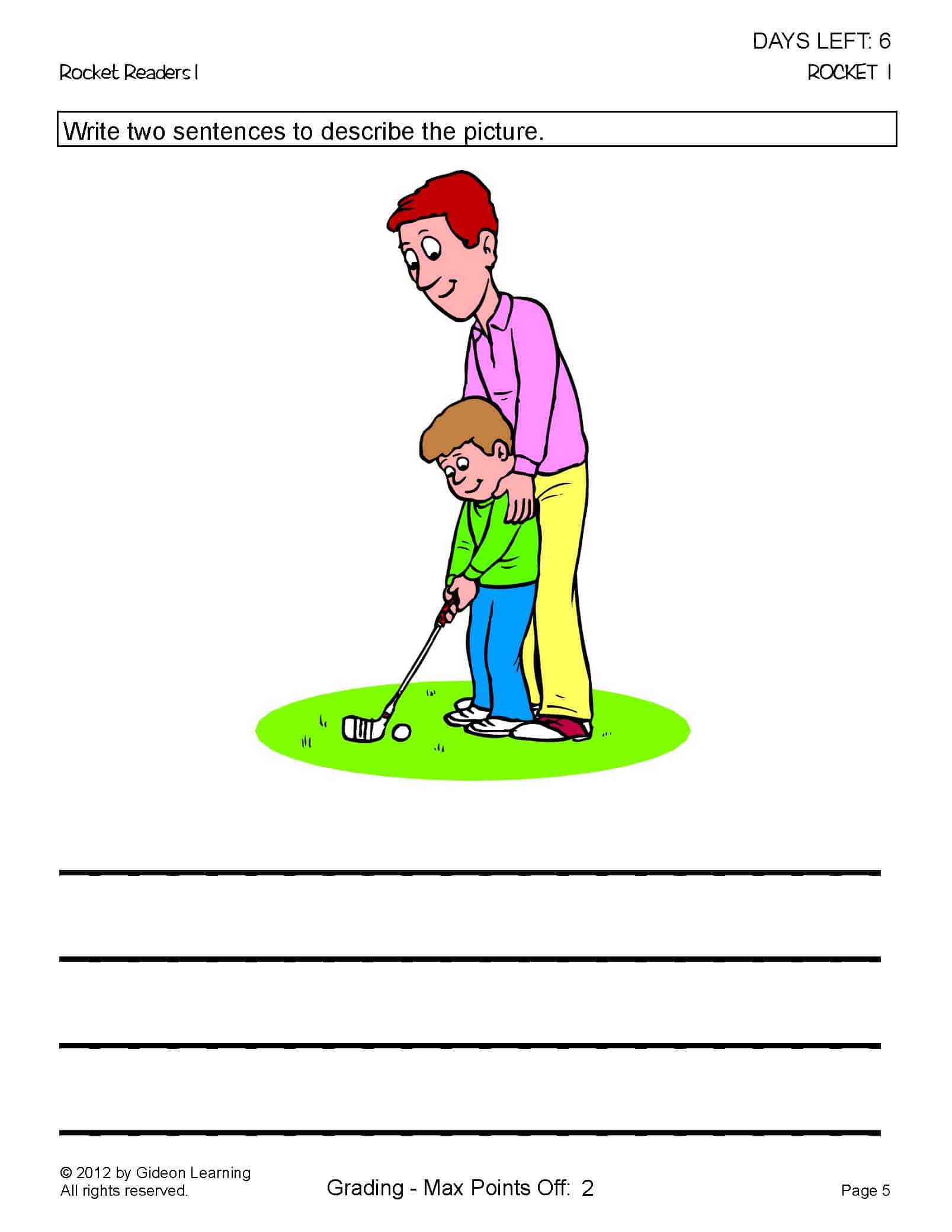The Washington Post blog, Answer Sheet, ran an article about developing self-driven learning in students from a new book by veteran educator Larry Ferlazzo. Daniel Pink describes in his book, Drive, that the development of intrinsic motivation needs autonomy, mastery, and purpose.
Autonomy means “acting with choice” (p. 90). In the area of reading and writing, it could mean having options of books to read, topics to write about, and partners to work with in class.
Mastery of skills that require higher-order thinking is defined by Pink as “the desire to get better and better at something that matters” (p.111), and it is promoted through engagement (coming from the French root word meaning “attract the attention of”), not compliance. Students need to see what reading and writing well can do for them now and in the future.
Purpose is Pink’s final element for developing intrinsic motivation—the desire for some “greater objective . . . a cause greater than themselves” (p. 133). The one-sentence project, where students are asked to come up with a sentence about how they want their life described and remembered years from now, speaks to this point, and we can explore with students how reading and writing well might help them achieve their sentence.
Ferlazzo then lists ways to create these elements for reading and writing within students.
1) Free Voluntary Reading or Sustained Silent ReadingIn order for students to motivate themselves to read, multiple studies have shown that they need access to high-interest reading material, ideally in a well-stocked classroom library. In addition to access, students need choice in what they will read. By providing access and choice, students gain a sense of power, and once students feel empowered they are more motivated to read.
We are always most motivated to learn about things that interest us. What is your student into? Animals? Rockets? Non-fiction? Fiction? Encourage your children to pick out the books they are interested in reading — even if it seems too hard for their reading level. You can look over it and discuss difficult vocabulary or topics with them.
Give your child time to read on their own and get lost in a book. I know I can read for hours when interested – even if it’s for work and not for pleasure. I believe this desire was fed when I was a pre-teen reading all The Babysitter’s Club books for hours which no one would likely say have classical literature value. The love of reading though was developed and has stayed with me into adulthood.
2) Read a Book to a Younger Child
Having students read a book to a younger child can achieve two results—helping students develop a sense of purpose (discussed earlier in this chapter) connected to reading and strengthening prosody—rhythm, intonation, and fluency.
3) Writing Frames
Sometimes when students are faced with a blank page, they freeze. Giving students structures for writing can be motivational. However, when taken too far, or when taught as the only way to write, writing formulas can be detrimental to students’ growth as writers. When used correctly, formulas and strategies can help students to find their voices and motivate them to write.. Research has shown that one of the key elements necessary for intrinsic motivation is a sense of self-efficacy, or competence. Our students will be more likely to want to write if they feel confident in their ability to do so competently.
There are a variety of acronyms for structured paragraph writing to help students: ABC, PQC, PEA, SSE, PEE. We have found ABC and PQC to be effective in helping students to start their writings. Using the ABC format, students Answer the question; Back it up with a quote or other evidence; make a Connection to an experience or another text. If the teacher is working on quote integration or using quotations from text as evidence, then PQC is a good start: Make a Point, Quote from the text supporting your point., Make a Comment or a Connection to your personal experience, another text, or some other knowledge.
You can develop their writing at home with the books they have picked out to read for pleasure. Skim through the book to find a dilemma or decision that relates to the topic. Ask students what their response would be and why. Remind them the ‘why’ should include evidence from the book – maybe a quote or paraphrasing of facts and a connection to something in their own lives or another book they’ve read or even a movie they have seen.
Don’t require these to be very long at first. Build up to longer paragraphs and reports as they continue to do it. With our Gideon reading curriculum, our first creative writing prompt is a cartoon picture. The students are asked to write one sentence describing the picture. Just one! In the next level, we ask them to write two. Later, they are given three vocabulary words and asked to write a three sentence story using those words. Structure plus a slow build-up goes a long way to developing creative writing.
Read the rest of this article for additional methods or get his book.
Need to help a struggling reader build his vocabulary? Read this.
Let's get started.
Contact us today to receive more information about your selected center. That’s one step closer to mastery!


